Many assume that successfully navigating the rules of art collecting requires years of experience in the industry. But I think collecting is more familiar than we believe – there are, in fact, many similarities between the principles of collecting contemporary art and our modern-day dating rules.
First and foremost, timing is essential. Not only the time and place a special someone might enter our lives; the same applies to which point in time a piece of art catches a collector’s eye. In both instances, whether or not we can afford it plays a big part. For collectors, this is financial: for the rest of us, this may be emotional, physical and personal. Through concepts like this, we can apply the unspoken rules of modern dating to understand the fundamentals of art collecting.
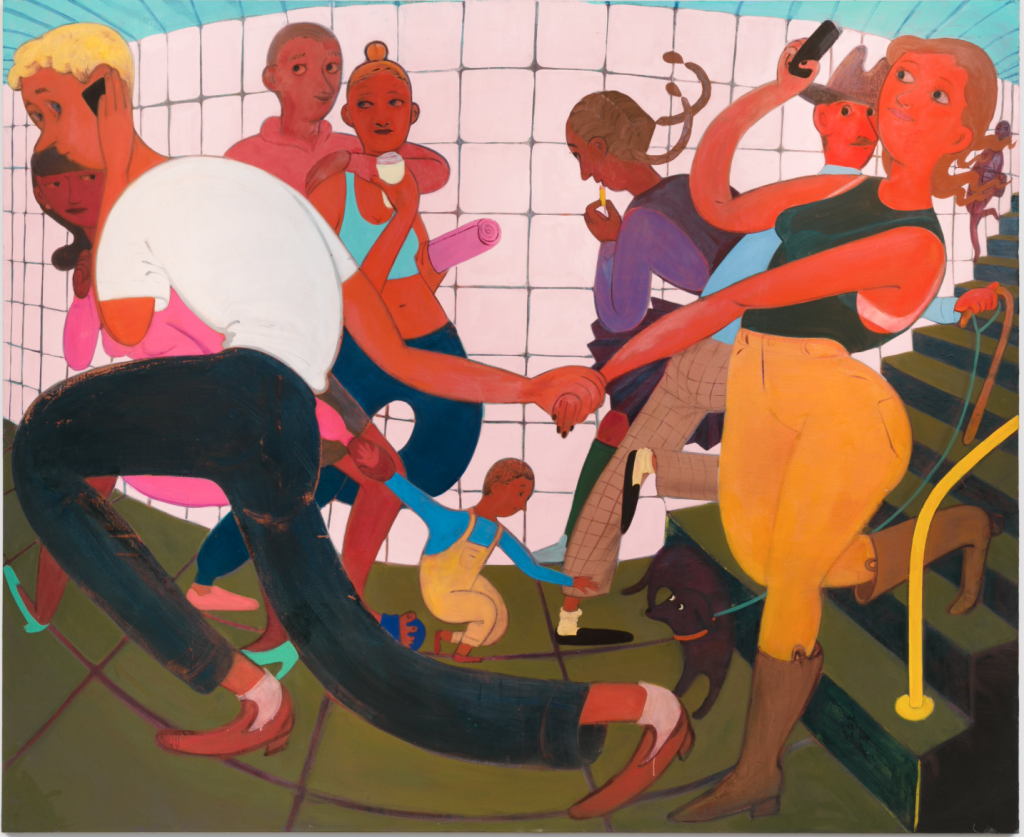
An artwork‘s provenance is seen in the same way as someone’s dating history – we care about their exes.
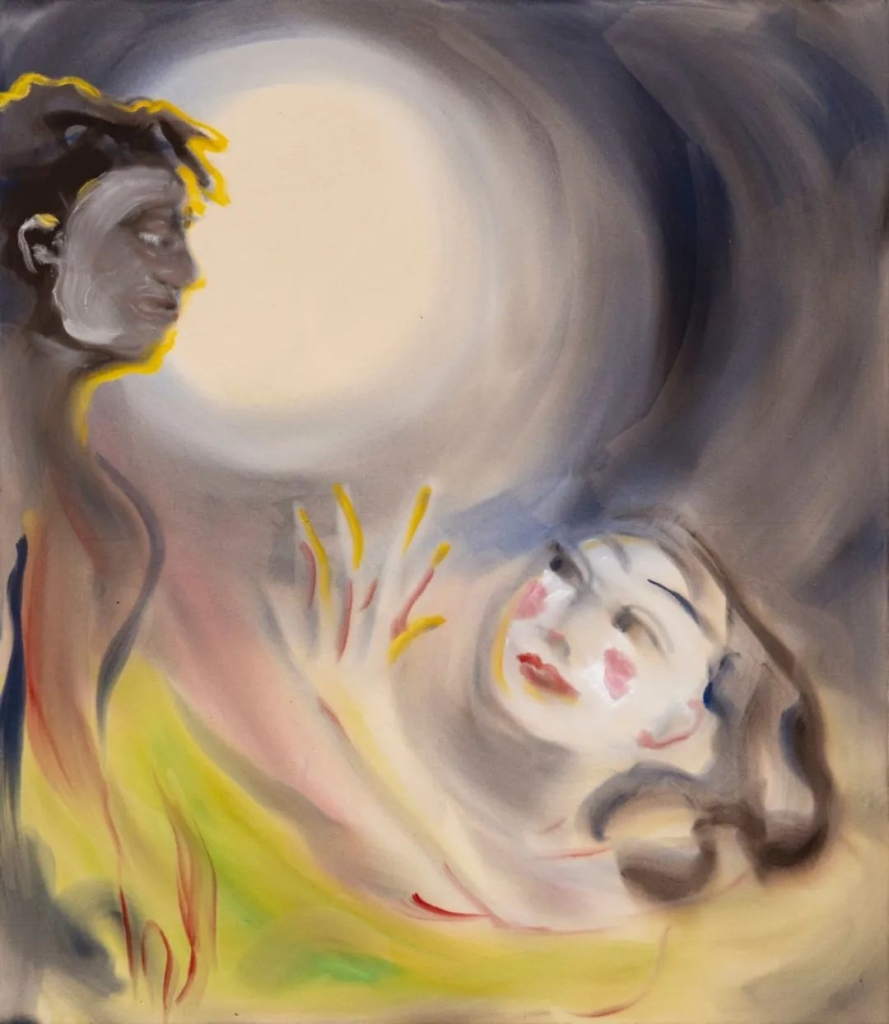
The provenance of an artwork is just like a person’s dating history. To some extent, who they dated before will inevitably affect their reputation in the dating pool.
The same concept applies when considering the previous ownership of a piece of art, which certainly affects its desirability in the secondary market. Just how many people has this piece of art dated – or been owned by?
Who were these people? Did any of them suffer from mental disorders? Were they flippers or simply prominent collectors? What caused the final breakup? It raises questions, why the previous owner wanted to sell the piece; was it because of debts, divorce or even death?
Or maybe it was none of the above—simply a change of taste – out with the old and in with the new. But as your mind wonders, you begin to ponder – perhaps they were just a player that got bored and wanted something new?
People consider all of these factors in both dating and art collecting. This is particularly common in the secondary market, when the collector is not buying directly from a gallery. The piece isn’t considered in its original state, or maybe it’s garnered a bad history and for some that raises questions and doubts.
There are those who follow their heart and might buy what they like, without a thought for its past. Yet, most see art or even dating as an investment. Whether they’re putting in their time or money, they want a return – the ‘sunk cost’ matters.

We are all governed by vanity – it controls most of us and our decisions. We’re easily swayed by fame or brands without really needing to know the true nature of someone or something. After a divorce, a person whose partner was rich and famous often isn’t devalued in the process. If anything, they can actually go on to conquer the world with the social capital built from the previous marriage – the same applies to art collecting. If a major institution or famous collector previously owned a piece of art, it instantly adds value.
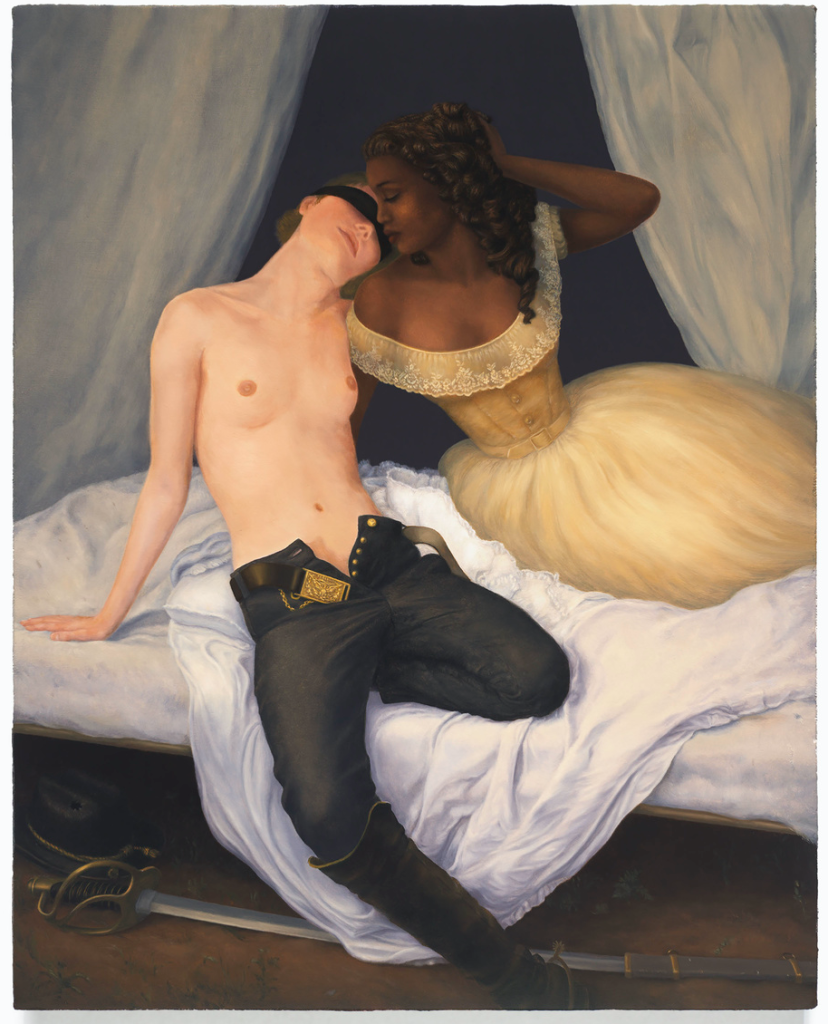
There are, however, some exceptions. Sometimes if a piece has been exchanged many times or has appeared and been passed over during numerous auctions, this would affect its attractiveness in the eyes of collectors. The same goes for people who have spent a lot of time using dating apps without success; it may begin to affect their future dating life.
With a piece of art, the more it has appeared on the secondary market, the more questions are raised about its past. If it remains on the market for too long, it has a higher chance of being ‘burned’ – it never sells and may even affect the artist’s reputation.
Ultimately, when it comes to collecting art in the secondary market, provenance is important. If a piece of art has been previously owned by a museum, institution, or prominent collector, its value instantly increases in the minds of prospective collectors. Still, it’s only time that can tell if this increase equates to social and financial terms.
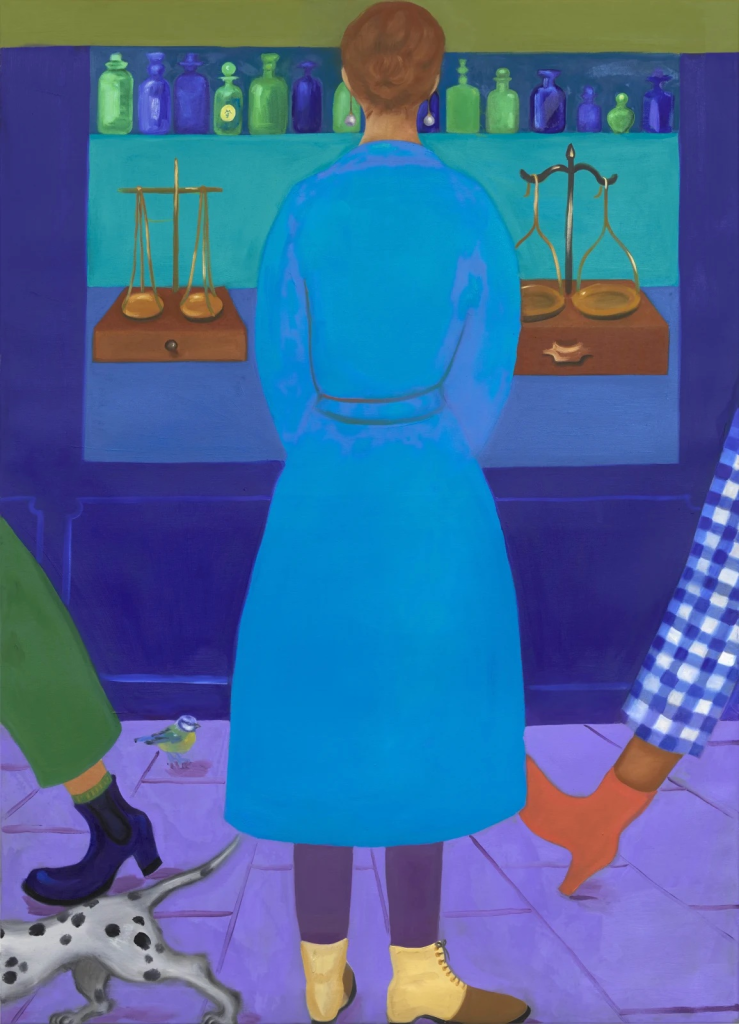
CVs Matter

Collectors do a lot of background research when they decide to invest in an artwork, and a CV is perhaps one thing that cannot be overlooked. Which gallery represents the artist? Have they been included in any institutional shows? Has their work been collected by major museums or important collectors? All of these questions will be considered by a collector. If an institution has collected an artist’s work, it’s a big positive.
This parodies modern-day dating. If someone isn’t serious about a relationship, they aren’t really going to care about the other person’s history – they’ll focus on whether they look good or are an easy catch.
If you’re more serious, you’ll likely pay closer attention to their background, profession, friends, income et al. Maybe you’ll want to know if the person is involved in charity work or philanthropy or if they like animals or sport? A CV matters – in dating and art.
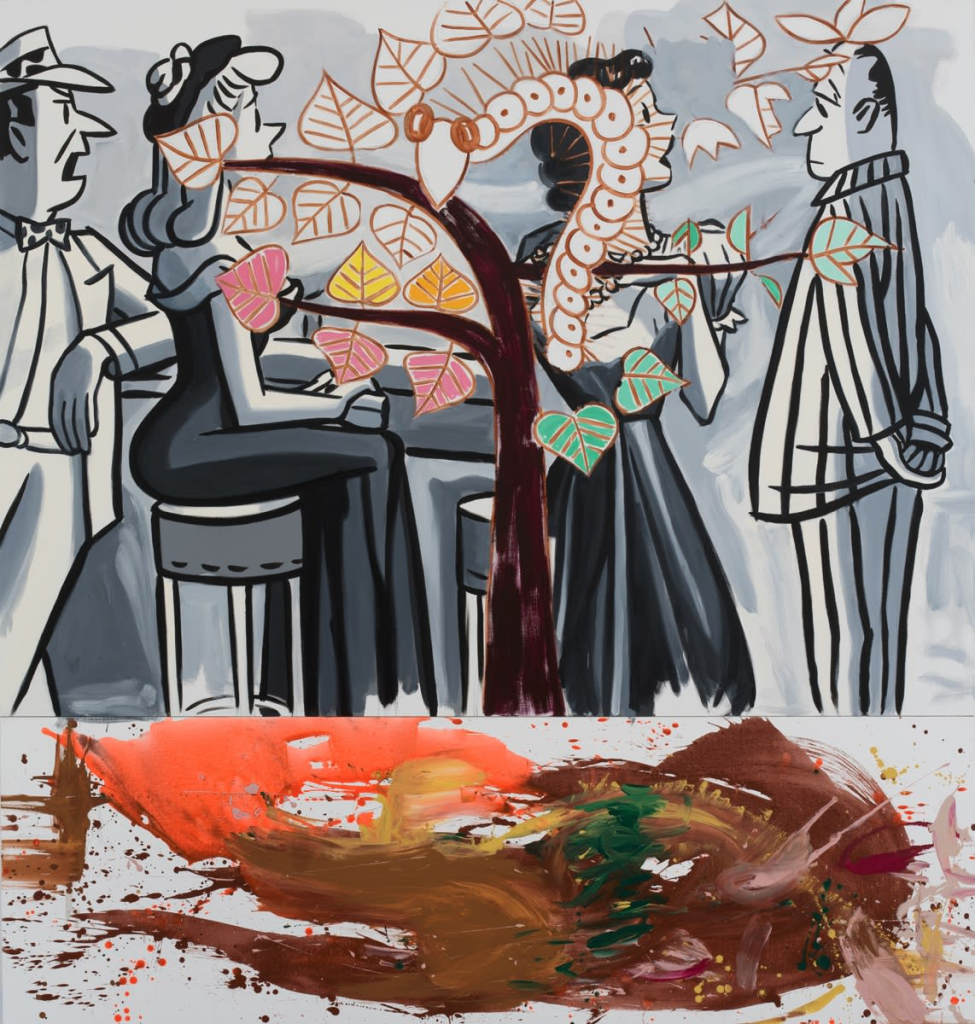
Still, some collectors who care less about intellectual engagement, might go for a recognisable name or just what or who is sexy, pretty and well-connected. Their requirements in the market and life are limited to what is pleasing to the eye and what is spoken in their ear.
If a collector collects for true love, they care less about the resale value of an art piece – they see it, they want it, they buy it. In this scenario, when collecting art they are truly in love with, they care less about everything else. The same applies to love – everything else doesn’t matter.
Quality and Rarity
Ask an art collector what they look for in artwork when they’re contemplating buying – a lot will say quality and rarity. But, it takes years of experience to be totally engaged and immersed in the art world to judge quickly whether a piece of art is good or just average.
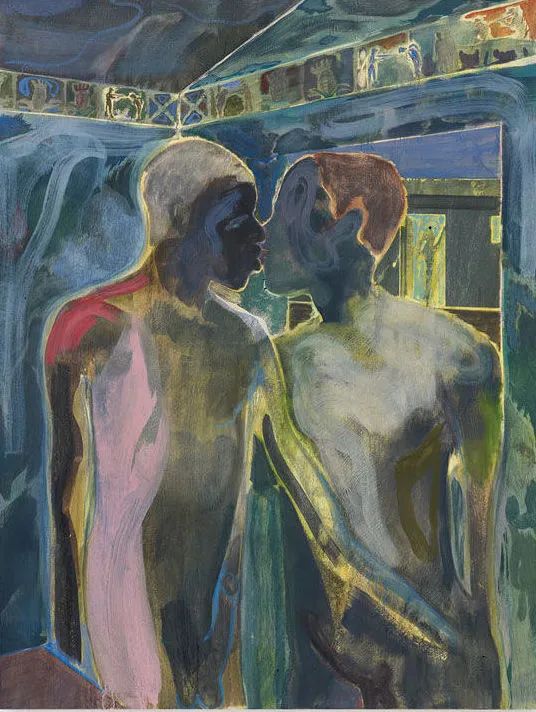
Collectors invest much time in researching and learning. Yes they make mistakes, but their tastes evolve for the better in the process – which sounds rather like dating… Bad experiences help you make better judgments the next time around. Those who have kissed many frogs without ever experiencing that ‘magic moment’ have at least acquired the ability to differentiate different types of frogs.
This said, people are easily fooled by a façade. A lot of the time, when someone is always busy or has several other dates simultaneously, people might mistakenly think that person is incredibly popular. In reality, this might really just be a marketing strategy. Galleries that attract many clients and play the whole ‘hard-to-get’ rhetoric often leave potential collectors dazed, confused, and questioning their own judgment. In the art world, people say it’s much easier to sell well-known names which collectors typically go for rather than lesser-known artists, because plenty of people have worked on the marketing and PR front beforehand.

It’s commonly acknowledged that it’s a better sport to spot the ones with the potential to rise in value over time(rather than achieving fame overnight). But this ‘game’ takes considerable time and knowledge to master and successfully get your hands on the next big thing.
What makes an artwork rare? This might mean that the work is a rare style by an artist, or created in a particular period in their life. Over the course of an artist’s life, works from different periods can differ in value.
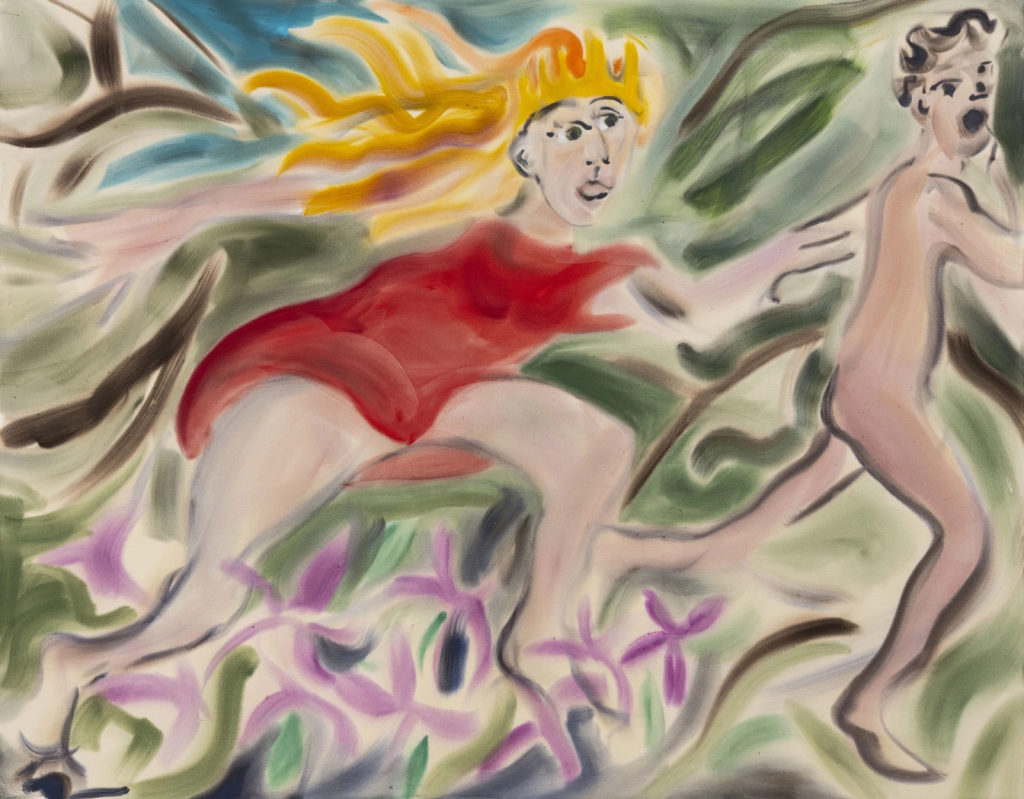
Playing hard to get always works
In some instances, artworks can take a long time to create or be in limited supply. These highly sought after pieces will have long waiting lists for these desirable pieces – if these people were assembled in line, they would likely stretch several streets.

To understand this scenario better through our modern-day dating theory. People commonly think someone is a catch if they appear in demand. If you play hard to get, you will get your suitors hooked. In the same way, when a gallerist tells a collector that there is a long waiting list, it instantly heightens the desirability of the piece.
Galleries often act in a non-egalitarian manner, placing work with important collectors or institutions to protect and grow an artist’s career. To ensure this, Gallerists judge a prospective client’s profile when making sales decisions. This is remarkably similar to eligible women or men being protected by their high-brow parents when they first enter or return to the marriage market, who will conduct vetting on potential partners. Maybe these old-school parents have the right to be picky – if you do not show enough credentials and credibility, why would they let you take off with their son or daughter and the many perks that come with the package?
Is Online Reliable?
Let’s talk about buying artwork online. Is it similar to online dating? The pandemic made online dating harder as it was impossible to meet in person, but selling artwork online instead made it even more accessible.
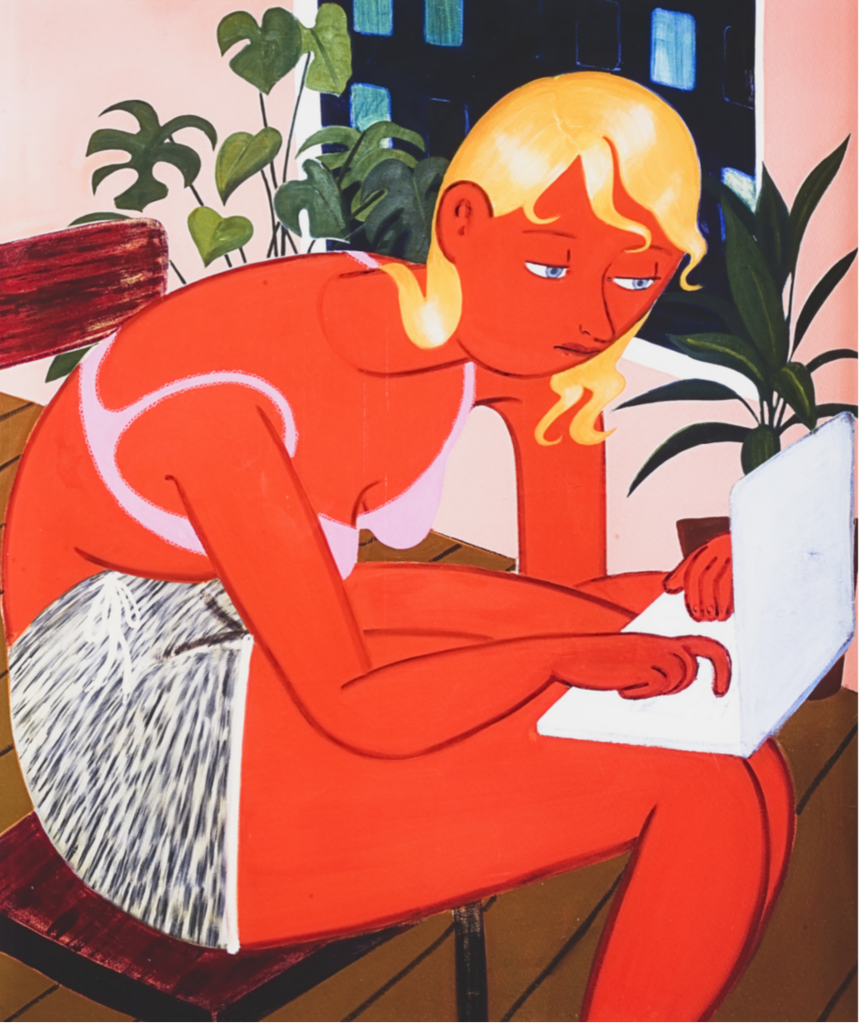
Normally people are not so picky if they just want to sleep with someone. They make decisions based mainly on profile pictures. If a person does not look too different from the photos in real life, they will stick to their initial decision. But if they are looking for something more serious, they might take more consideration and even make some calculations. They need to invest time in getting to know the person better and make an effort to hang out to see if they ‘click’.

The lower an artwork is valued, the easier it is for someone to decide whether to buy online. If a collector is contemplating something more expensive but is not yet familiar with the artist’s style, they will probably need to view it in real life. Images can never do justice in showing a work’s details or aura. In the same way, when people are dating, they still need to meet face-to-face to see if they have chemistry. It is easy to be fooled by how images are presented online, just as an art piece shown on screen can make it look either better or worse. But the emotional response when seeing an artwork in person tells us so much more, just as in the dating world.
We still need to go offline to develop genuine connections. This is a truth of modern-day dating, but also an essential in the art world – which is pretty much based on human relationships and relations. Ultimately a face-to-face encounter is still the only way to properly build a bond – whether with an artwork, or potential partner.
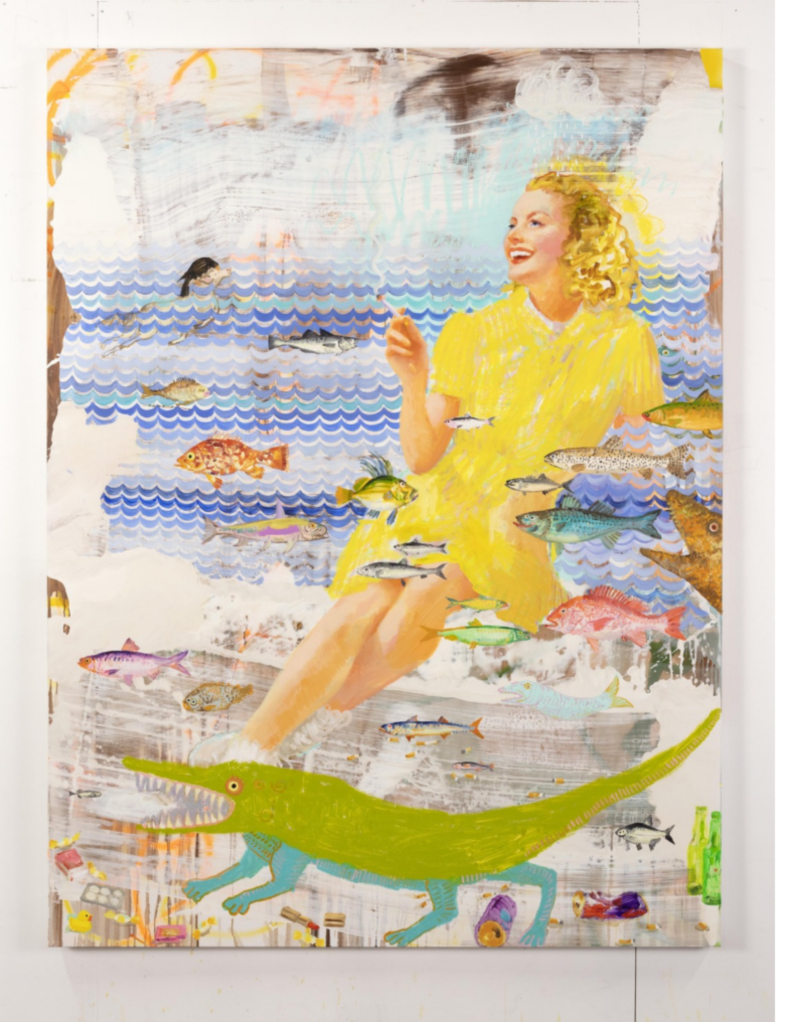
-The End-
Text: Luning
Edit: Rosie Fitter






